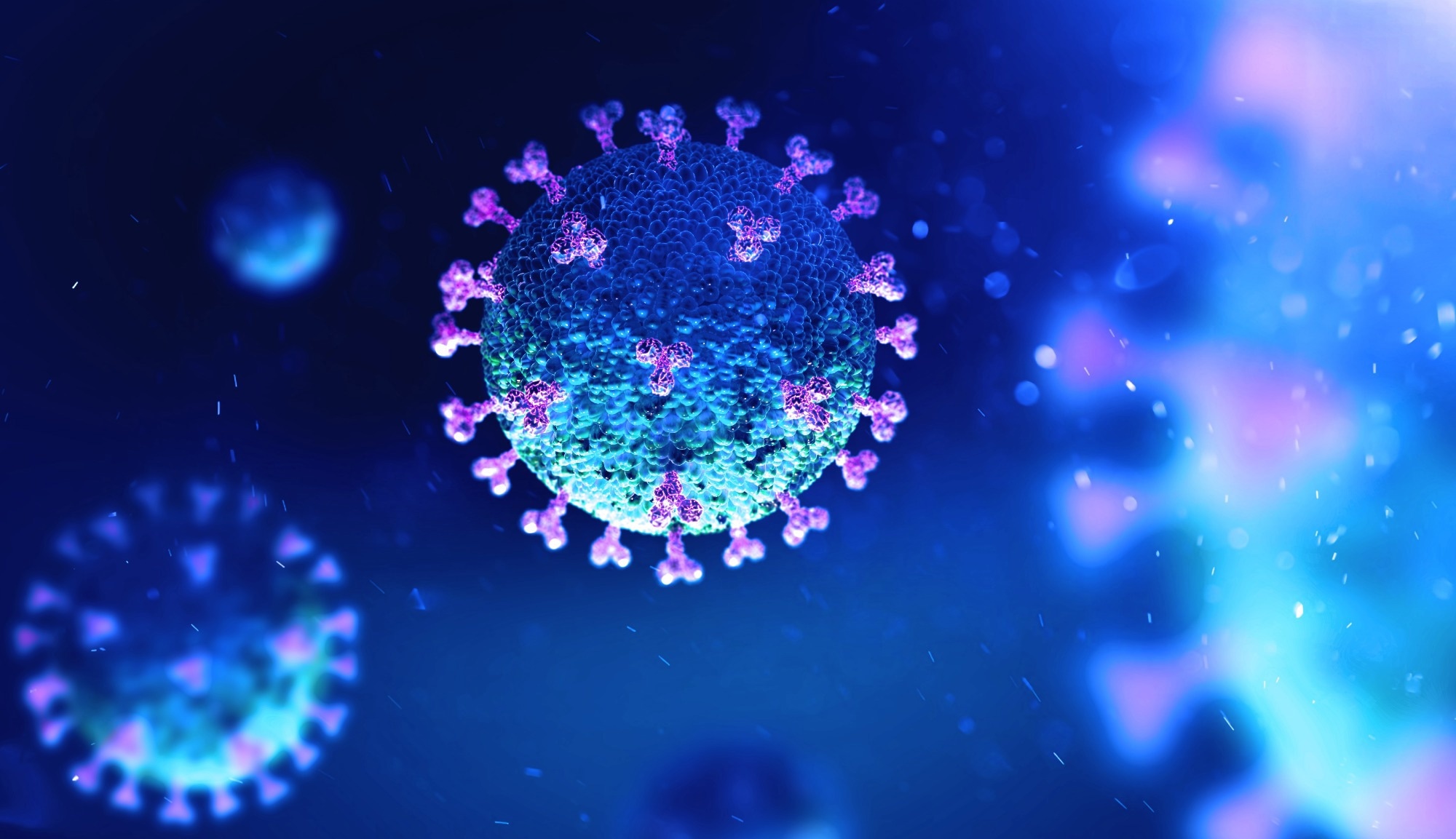In a recent study published in the Annals of Internal Medicine, researchers compared the frequency of viral rebound (VR) among acute coronavirus disease 2019 (COVID-19) patients with and without nirmatrelvir-ritonavir (N-R) treatment.
 Study: SARS-CoV-2 Virologic Rebound With Nirmatrelvir–Ritonavir Therapy. Image Credit: Andrii Vodolazhskyi/Shutterstock.com
Study: SARS-CoV-2 Virologic Rebound With Nirmatrelvir–Ritonavir Therapy. Image Credit: Andrii Vodolazhskyi/Shutterstock.com
Background
The orally administered N-R antiviral combination is extensively prescribed to severe acute respiratory syndrome coronavirus 2 (SARS-CoV-2)-infected individuals to reduce hospitalization and mortality risks.
It has also led to VR with symptom recurrence and SARS-CoV-2 positivity following initial recovery. SARS-CoV-2 rebound epidemiology and frequency are poorly understood, with conflicting data on the link between N-R therapy and viral rebound.
Studies estimating N-R use’s impact on viral rebound incidence are scarce due to infrequent symptom reporting, sampling, and a lack of culture testing data.
About the study
In the present observational study, researchers evaluated the impact of nirmatrelvir-ritonavir use on VR duration and frequency among ambulatory individuals, assessed the rationality of symptom documentation for VR detection, and investigated the post-VR drug resistance mutation emergence.
The study included ambulatory adults with acute SARS-CoV-2 infection with and without N-R use who participated in the post-vaccination viral characteristics study (POSITIVES) between March 1, 2022, and May 2023.
Participants who did not consume antiviral medication apart from N-R 14 days prior or monoclonal antibody treatment three months before N-R treatment were recruited in less than 5.0 days after the initial COVID-19 test and had not completed an N-R treatment course at recruitment.
Individuals with SARS-CoV-2-positive test results or COVID-19 therapeutic prescriptions in the Mass General Brigham healthcare system, Boston, were eligible for the POSITIVES study. The participants received N-R treatment (n=72) or no COVID-19 treatment (n=55) for five days.
The primary study outcome was viral rebound in less than three weeks of the participants’ initial SARS-CoV-2-positive report, described as a SARS-CoV-2-positive culture report after prior negative results or two consecutive viral loads exceeding 4.0 log10 SARS-CoV-2 copies per mL that were also ≥1.0 log10 SARS-CoV-2 copies per mL higher than previously detected viral loads below 4.0 log10 viral copies per mL.
In the secondary assessments, viral load was estimated on day 5.0, day 10, and day 14. VR was determined as viral loads on day 10 and day 14 of 2.7 log10 SARS-CoV-2 copies per mL or higher and ≥0.50 log10 SARS-CoV-2 copies per mL higher than day 5.0 results, as performed in the Evaluation of Protease Inhibition for COVID-19 in High-Risk Patients (EPIC-HR) trial.
The anterior nasal swabs, self-collected by the participants, thrice weekly for 14 days and once a week henceforth until consistently undetectable SARS-CoV-2 levels, were subjected to whole-genomic sequencing. Additionally, the participants completed surveys on acute SARS-CoV-2 infection symptoms.
The team followed the participants for ≥14 days until two consecutive SARS-CoV-2-negative results of the polymerase chain reaction (PCR) test or VR detection. The team excluded individuals who failed to collect their nasal swabs after ≥12 days of the initial test since 90% of VR phenomena occurred by then.
VR risk was compared by age (below 50 versus 50 years and higher), immunosuppression status, gender, and SARS-CoV-2 vaccine doses (less than four versus four or more). Additionally, VR frequency was determined by N-R treatment initiation timing post-initial testing and the timing of nirmatrelvir-ritonavir treatment initiation following symptom onset.
VR was assessed in the sensitivity analyses for individuals with non-standard N-R courses, those who began other COVID-19 treatments during observation, and those who withdrew from the study before 12 days.
Results
Compared to untreated individuals, N-R recipients were older (median age, 57 versus 39 years), received more SARS-CoV-2 vaccinations (median, four versus three), and were more often immunosuppressed (32% versus 9.0%).
Of the participants, 15 (21%) taking N-R had viral rebound vs. one (2.0%) of untreated individuals (absolute difference, 19 percent points). Individuals with viral rebound had a SARS-CoV-2-positive culture report after previously negative reports. Multivariate modeling findings showed an association between N-R use and viral rebound (adjusted odds ratio, 10).
VR was more common among those who initiated treatment within two days of symptomatic onset (26%) than among those who started after two or more days of symptoms (0.0%). N-R recipients with VR had prolonged shedding of replication-competent SARS-CoV-2 compared to those who did not have VR (median, 14 versus three days).
Eight of 16 individuals (50% with viral rebound) also documented symptomatic rebound, and two were asymptomatic. No non-structural protein 5 (NSP50 gene viral mutations were detected post-VR.
No participant was deceased during observation. The analysis restricted to EPIC-HR trial viral load assessments showed that only two percent (three of 124) had viral rebound detected, with 81% (13 out of 16) VR events not captured.
Viral rebound was more frequent among all clinical and demographic subgroups. Differences in VR rates were similar after including individuals receiving N-R for <5.0 days (129 recipients; an 18.5-percent point absolute difference) and including individuals irrespective of secondary treatments for COVID-19 or failing to obtain specimens ≥12 days after the initial SARS-CoV-2-positive reports (142 individuals; a 17-percent point absolute difference).
Conclusion
Overall, the study findings showed that viral rebound with prolonged SARS-CoV-2 shedding occurred in nearly one in five N-R recipients, often without symptomatic rebound. The phenomenon was more frequent with N-R usage stratified by clinical and demographic characteristics.
Rapid antigen testing after five days of treatment must be conducted to mitigate rebound-associated transmission risks without relying solely on symptoms to detect or exclude viral rebound. Future studies could compare longer durations of N-R treatment with VR incidence and immune responses.